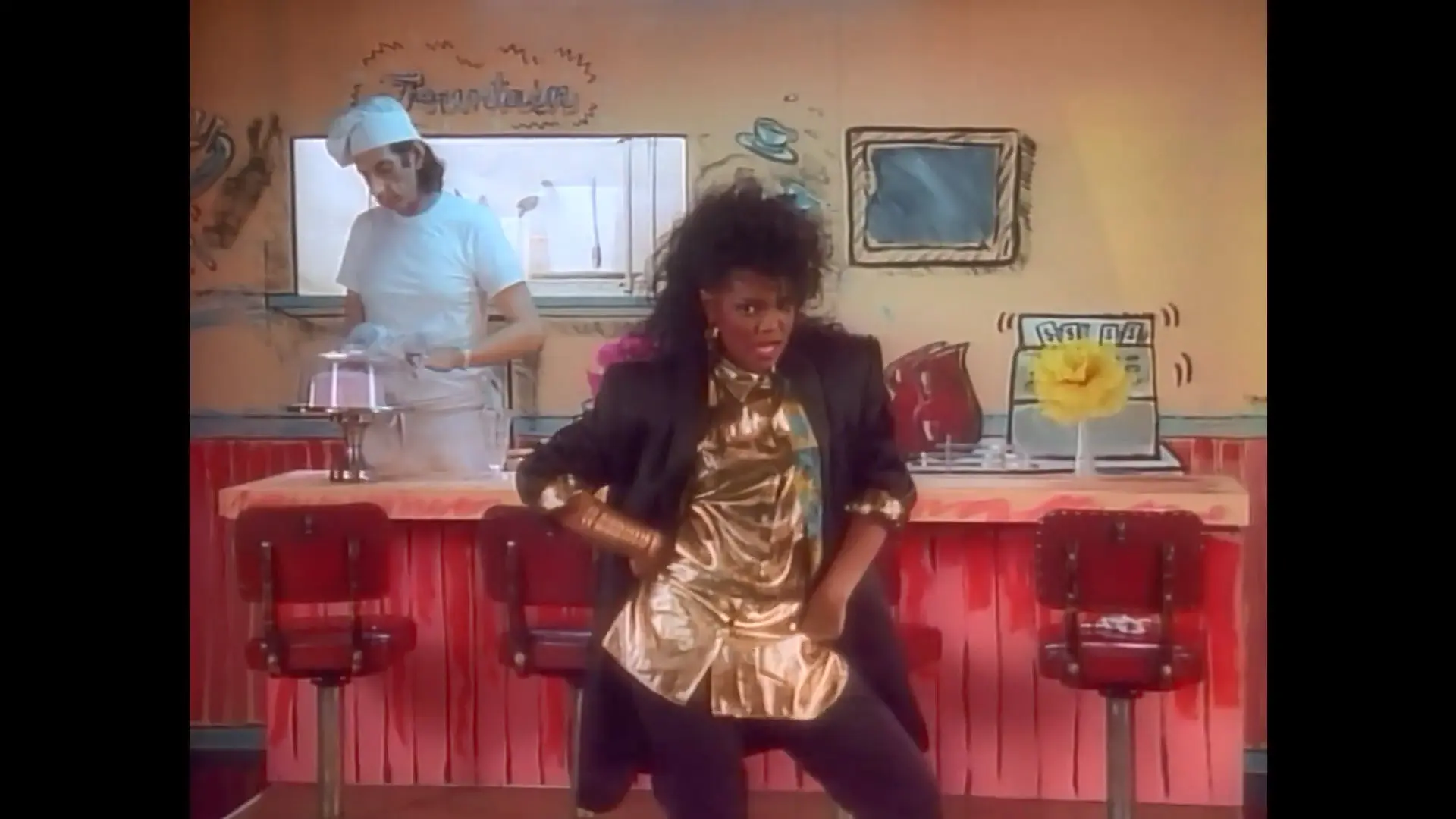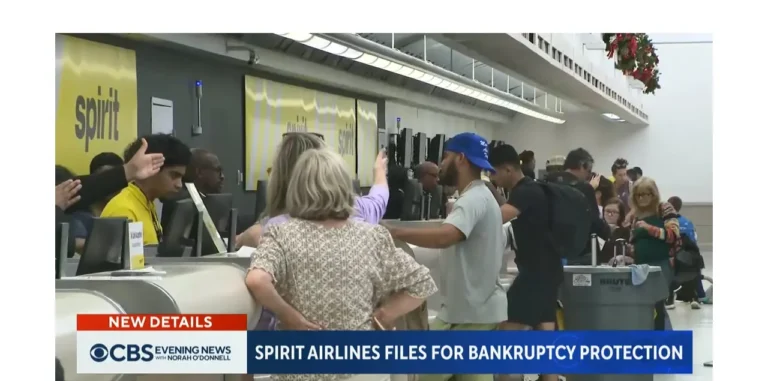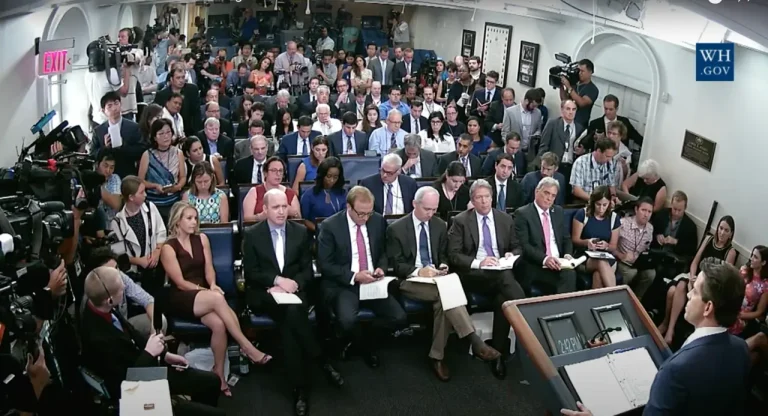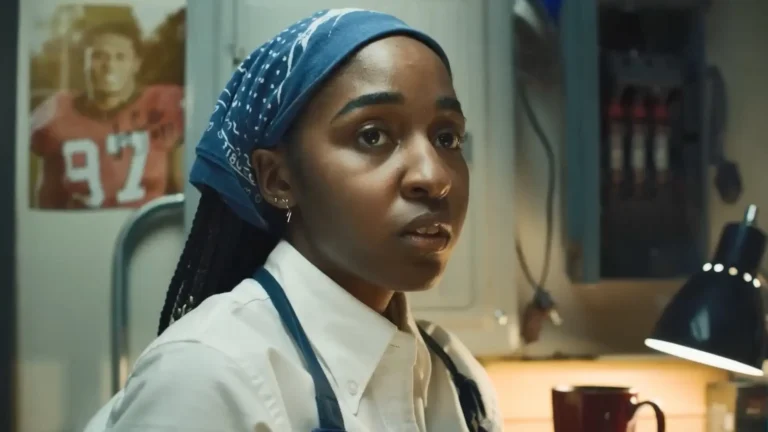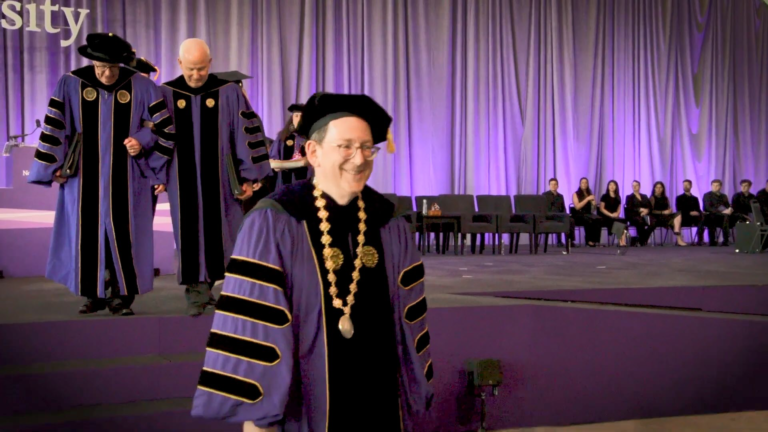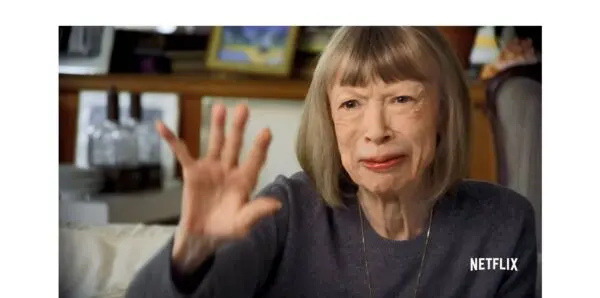5 Problems Facing Communicators — And How We’d Solve Them
All communicators could benefit from lessons we learned at our recent workshop for associations and trade groups
“What have you done for me lately?”
For communicators at trade and professional associations, that’s more than the title of an ’80s Janet Jackson hit. It’s the question that haunts them every day.
Association communicators are under pressure to help retain existing members and attract new ones. They must constantly demonstrate the value of their organizations to the news media and provide new, compelling reasons for members and media to pay attention.
The good news: Associations have tons of good stories. They just need better tools to tell them — and they need to get them out of the press release graveyard and in front of their audiences’ noses.

A couple weeks ago, Jim Ylisela, Tom Corfman and I chewed over the problem and discussed some solutions with 23 comms pros at a workshop we held at the historic National Press Club in Washington, D.C. We followed the session with a patented Ragan Consulting Group Happy Hour next door, where most of the participants told us even more of the unvarnished truth.
We learned that their challenges are like those faced by their corporate counterparts, even if their organization’s purpose is different.
Here are the five main problems they shared with us — along with our proposed solutions for overcoming them with brand journalism and effective storytelling:
1. Not enough stories, not enough information. How can we tell good stories when we’re handed scraps of info and marching orders to “put out a release” or “write a blog”? Or if our colleagues and members around the country don’t send us stories when they have them?
The solution: Be a better reporter. Become a hunter-gatherer for news and features. Your association is your beat:
- Find those inside the association (including members) who are valuable sources of information or expertise, and be persistent in cultivating those sources.
- Practice good interviewing techniques — like being prepared, listening more than talking — to get good quotes, details and emotions, which are the building blocks of effective stories.
- Know what you’re talking about, but don’t be afraid to ask a dumb question so you get a full explanation. Remember, you’re representing an audience that may know less than you do.
- “Gather string” by accumulating facts and figures, quotes, “color” and the other elements you’ll need before you decide how to tell the story.
2. Too much technical or scientific language. Let’s face it: Associations are Jargon Jungles. If you’re not ensnared in an acronym, you’re tripping over technical terms. Part of the reason is that you’re often writing for members who understand the science and sometimes use jargon as shorthand.
But even expert audiences prefer plain language; stories filled with jargon are distracting and lower readability, research has shown.
The solution: Write about people.
Human beings are hard-wired to connect emotionally to stories about people trying to achieve a goal and experiencing ups and downs along the way. When we receive information as part of a story, our brain responds differently. We’re more likely to pay attention, to remember and to act on it.
So, when conveying scientific, technical or otherwise abstract information, find the emotional core of the underlying story and put that front and center. If you’re writing about public policy, technology, healthcare, transportation — whatever the topic — focus on the people affected by it.
(By the way, that definitely goes for advocacy communications as well. The human-centered stories you develop for your members and the media can be extremely effective with legislators, staff and the public, too.)
3. Competing priorities. When our association doesn’t have a clear communications strategy, we’re subject to the whims of various power centers within the organization demanding different topics. How can we be proactive and consistent in that climate?
The solution: Stop being order-takers. Take charge of your organization’s communications by becoming strategic brand journalists.
Brand journalism starts with using journalistic techniques to tell better stories. But it’s more than that. It’s a shift in strategy that empowers your comms team to become the equivalent of the legal team or the government affairs team — the organization’s leaders in their fields of expertise.
Imagine emailing your general counsel with a directive to “draft a court filing using these talking points.” Wouldn’t happen. Instead, you’d ask the legal team’s advice about the best strategy and tactics to solve the problem. The same should be true for the comms team.
A brand journalism approach allows comms to establish a strategy, set standards, and then evaluate whether a story is worth telling, the best way to tell the story, and which channels to use to communicate that story.
After all, associations shouldn’t be loose collections of rival tribes. Working collaboratively to achieve the organization’s goals — and best serve members — requires putting an end to silos and competition and rallying around a unified, coherent communications effort.
4. Approvals. It’s the lament of every communicator — but with association comms… well, let’s just say we feel your pain. Editing by committee, watering down, re-jargoning, death by delay — we heard it all in D.C.
The solution: Show your bosses that great things happen when the comms team has a freer hand.
We’ve helped organizations of all sizes launch brand journalism sites. The communications metrics that really matter benefit immensely from better storytelling by a focused, empowered comms team. More traffic. More engagement. Increased brand awareness. And higher visibility for everything you want to accomplish: demonstrating value to members, thought leadership, earned media, advocacy — and a bigger voice in the conversations you want not only to join but to lead.
Streamlining the approval process requires an ongoing conversation with the “approvers.” Why are they making their changes? Is there different language to achieve their goals that wouldn’t obscure the story? Do the approvers really understand what’s expected of them?
Can we do away with approvals? No. But a comms team that becomes a machine for great stories earns trust and credibility within the organization.
5. Reporters ignore our pitches. In a world of shrinking newsrooms and reporters spread too thin, it’s increasingly common for pitches to not only fail to hit but get ignored altogether. Nothing’s more frustrating.
The solution: Pitch the story, not the story pitch.
We concluded our workshop with a “Shark Tank”-style pitch clinic. Several of our association comms friends courageously stepped up to pitch a panel of Jim, Nick and Tom, along with our special guest, feature writer Miguel Roig-Franzia of The Washington Post, who covers a wide range of topics.
Most of the pitches contained the nugget of a great story. But rarely did the pitch present the whole package, as a story. And as Miguel pointed out in his questions and comments, communicators sometimes get in their own way — leading with the association, rather than the most compelling elements of the story.
Reporters and producers will bite if you present them with the ingredients they need to attract an audience: a timely human-centered story, with a fascinating emotional core, great visuals and color, preferably demonstrating an important trend or backed by interesting data. But if your pitch is all about your association, focused only on messages you want to amplify, no one will care.
Given the arid ground we encounter when trying to seed stories in recent years, it’s past time to rethink conventional earned media tactics. Brand journalism — telling your own stories as well or better than media outlets could do — not only gets great stories to your audiences, but it also actually helps with earned media outreach.
Reporters and producers will take your story and use it as background for their own content. In smaller markets, some news outlets will run your story as is.
Nick Lanyi is an affiliate consultant with Ragan Consulting Group based in Washington, D.C. As leader of our association practice, he enjoys helping member-driven organizations strengthen their relationships with their stakeholders.
Contact our client team to learn more about how we can help you with your communications. Follow RCG on LinkedIn and subscribe to our weekly newsletter here.

